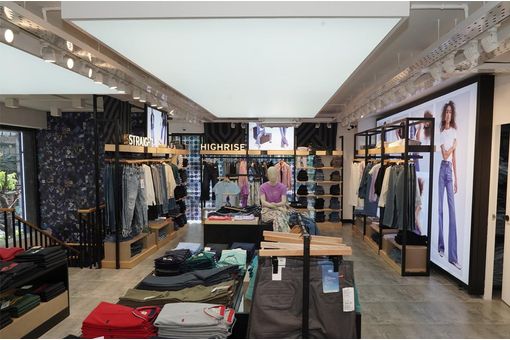Interviews
Changing faces of women's fashion over last century
08 Mar '13
2 min read
Fashion has always kept its pace with changing times. Since centuries, major historical events have helped in shaping popular trends sported by women of that era. From its earlier days of opulence, fashion styles have outgrown to adapt to the practicality of present days’ relaxed casualness.
On International Women’s Day, fibre2fashion traces the evolution and change in women’s fashion throughout the last century.
In the beginning of 1910s, the western world was intrigued with extravagantly lithe, fluid and soft silhouettes championed by the Parisian couturiers of that time. The period saw women sporting hobble skirts, lampshade tunics and hats with flat brims.
By the 1920s, better known as the Roaring Twenties, fashion preferences changed from the more restricting trends of past years to comfortable styles. Young, rebellious, middle-class women from that period shunned the rigid Victorian way of life by doing away with suffocating corsets and adopting to the more liberating legs and arms exposing knee-length flapper dresses.
The 1940s, which is historically marked by the destructive nine-year-long second world war, saw the rise of functional clothing due to the rationing imposed by shortages in rayon, nylon, wool, leather, rubber, metal and fabrics. Geometric patterns, patriotic nautical themes and floral as well as atomic prints started overtaking the fashion world in the war-dominated decade.
The 1950s, 60s and 70s are considered to be the happy times in fashion. As the post-war period announced the end of rationing and beginning of excess, women's dresses began to flow with excess fabrics, featuring intricate gatherings and pleats, poufy petticoats and fabulous collars. During the famous Baby Boom and hippy culture eras, the excessiveness of feminine fashion was replaced by androgynous looks replete with bell-bottoms, embellished T-shirts, hot pants and miniskirts.
The 1980s and 90s introduced the multi-faceted concepts of preppy, punk and romantic looks as well as power dressing and casual wear into mainstream fashion. The early years of 2000, also known as the mash-up decade, saw the fusion of previous trends infused with global and ethnic sensibilities taking cues from both minimalism and recycled vintage clothing styles.
Fibre2fashion News Desk - India
Popular News
































-Ltd..jpg?tr=w-120,h-60,c-at_max,cm-pad_resize,bg-ffffff)





.jpg?tr=w-120,h-60,c-at_max,cm-pad_resize,bg-ffffff)
.jpg?tr=w-120,h-60,c-at_max,cm-pad_resize,bg-ffffff)






